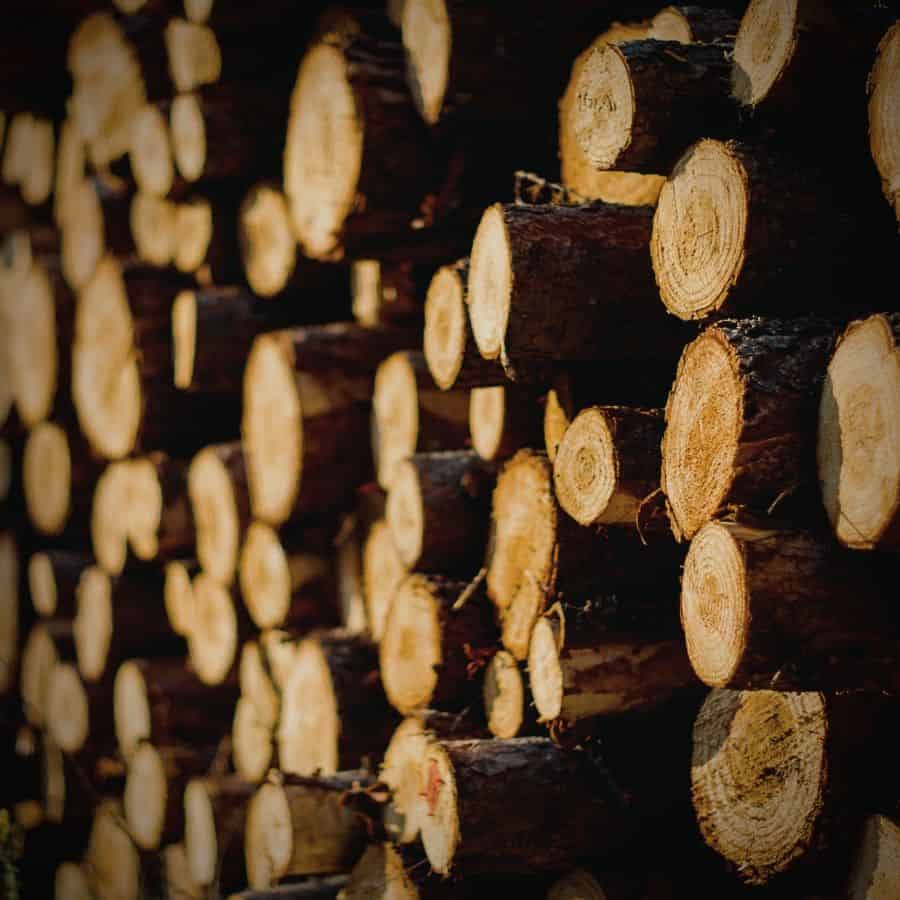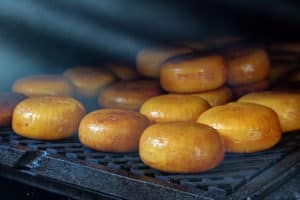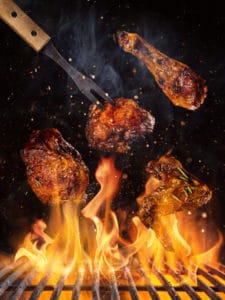Does Charcoal Go Bad if it Gets Wet?
Disclosure: This post may contain affiliate links. If you use these links to buy something we may earn a commission at not additional cost to you. Learn more.
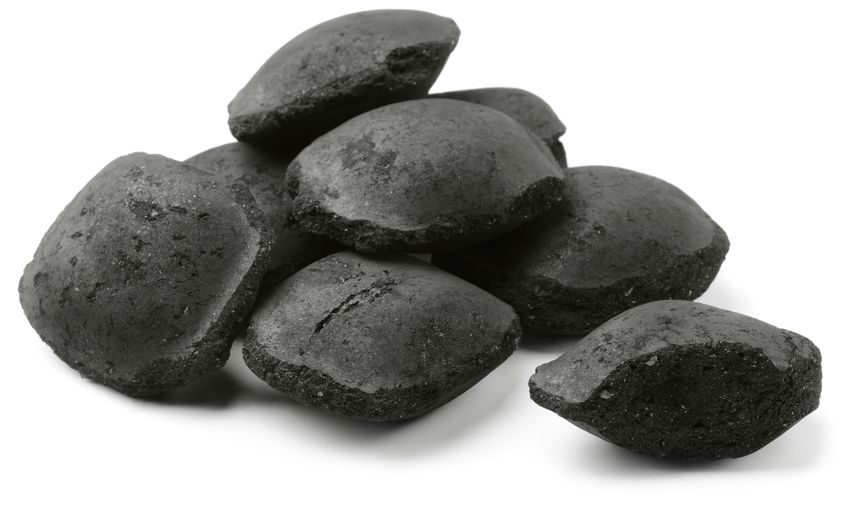
Charcoal has many uses, and being used for grilling is just one of them. But if it is to be used to the best of it’s ability, the charcoal needs to be kept and maintained in certain conditions. So if charcoal gets wet, can it go bad?
Charcoal can go bad if it gets wet, depending on the type of charcoal it is. If the charcoal is cheap, it will probably crumble after getting wet. Just buy a new bag in this case. If the charcoal is of better quality, all you have to do is leave it out to dry and it should be good to use again!
Charcoal can still be used, even if it has gotten wet. But it’s important to know the differences between the types of charcoal and how they will react to getting wet, so you will know if using them again is the right decision. In this article we will go through the different types of charcoal, what to do if it gets wet, and how to store charcoal.
Types Of Charcoal
Briquettes Charcoal: This type of charcoal is the more popular option when it comes to grilling. It typically comes in a cubed shape and is made from compacted wood by-products like sawdust, wood chips, and paper, along with chemical additives to help it burn longer. Sometimes briquettes pretreated with lighter fluid to get them to light faster.
They tend to produce a great deal of ash, so be sure to clean out your grill or fire pit after each time using it to get rid of any excess materials. Briquettes can also have a kind of chemical odor at the beginning of their use because of the additives. Make sure the charcoal is covered in white ash before you cook anything over it. This type of charcoal is rather inexpensive and typically costs about $1.50 per pound. Easy, light briquettes can be a little more, at about $4 per pound.
Hardwood/Lump Charcoal: This form of charcoal is made from wood burned slowly and with the absence of oxygen. It creates an almost pure carbon product. The result is clean-burning charcoal, once all the sap and moisture have been removed from the wood. Because it’s cleaner, lump charcoal carries a more natural, smokier flavor than briquettes. Source
This charcoal also produces fewer ashes so you don’t need to clean out your fire pit or grill as often. It burns hotter and quicker than briquettes. The bits are more unevenly sized, but light quickly. They are preferred for cooking things like hamburgers, hotdogs, and thin meats. They are a little more than briquettes, at about $2 a pound.
How To Dry It Out
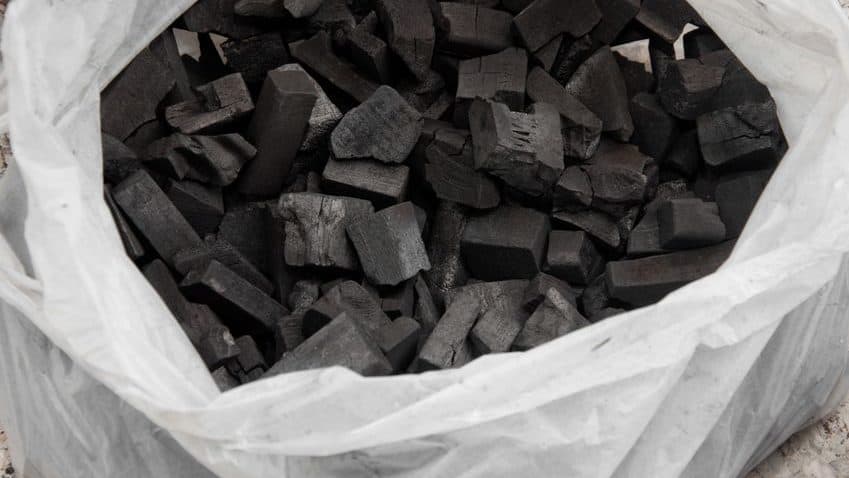
Whether it be because of rain, sprinklers, or just water being spilled on it, there are many ways charcoal can get wet. The moment you notice that it is, you need to assess how bad the damage is and if any of it can be salvaged. Besides just talking about how to dry the different types of charcoal out, this section will also address if they are even able to be reused in the first place.
Briquettes are a cheaper type of charcoal and don’t hold up well to moisture. They will most likely crumble if you try to pick them up after they’ve gotten wet. If the charcoal got completely soaked and you try to dry it, it will probably just turn to powder. If it doesn’t look like it got too wet, and they still feel solid, try laying them out to dry to see if they can be used again. The best thing to do if briquettes get wet is to just buy a new bag to use.
For lump charcoal, you should just be able to dry it and then use it again. The best way to dry it out is to separate the wettest pieces from the driest ones, then lay them out in the sun to dry. This is best done on cement. Once they are completely dry on one side, flip them over to the other side. It might take a few days to dry completely, but make sure the charcoal is dry to its core before you put it away. Source
Let it dry naturally – don’t try to rush the process along. Mixing dried charcoal with new charcoal is an efficient way to reuse it as it will help it to burn more normally. Charcoal can also get moldy, especially if it’s left in a wet place for too long. It’s not a good idea to use it to cook any food if it does, as it will impact the taste. Source
The Proper Way To Store Charcoal
Briquettes are only made to last a couple years while lump charcoal is made to last indefinitely when stored properly. Keep briquettes in an airtight container to increase its shelf life and keep the additives from evaporating. Make sure that the storage is waterproof.
Don’t leave any charcoal on the grill when you’re done using it. Put it back in a safe location. Choose a wise location to store your charcoal in – like a shed, basement, or garage – as leaving it outside, even in a container, isn’t the best idea.
Try and keep your container of charcoal off the ground to prevent it from collecting moisture, and keep it somewhere cool and dry. Keep it away from windows and natural sunlight to extend its lifespan while being stored.
Warnings
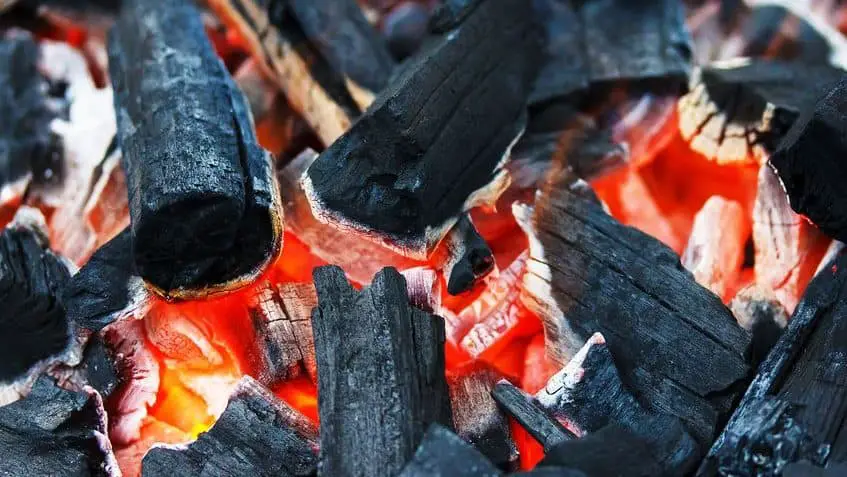
A common myth is that wet charcoal can spontaneously combust. But is that true? It’s unsure how this rumor got started, as house coal is the thing that more commonly combusts, not charcoal used for grilling. While no evidence points to this being true, there are instances of charcoal suddenly igniting. Just use caution with your charcoal if it gets wet.
If your charcoal is higher quality, once you dry it, you should probably only use it for slow burning. And it will give off much more smoke as it burns.


